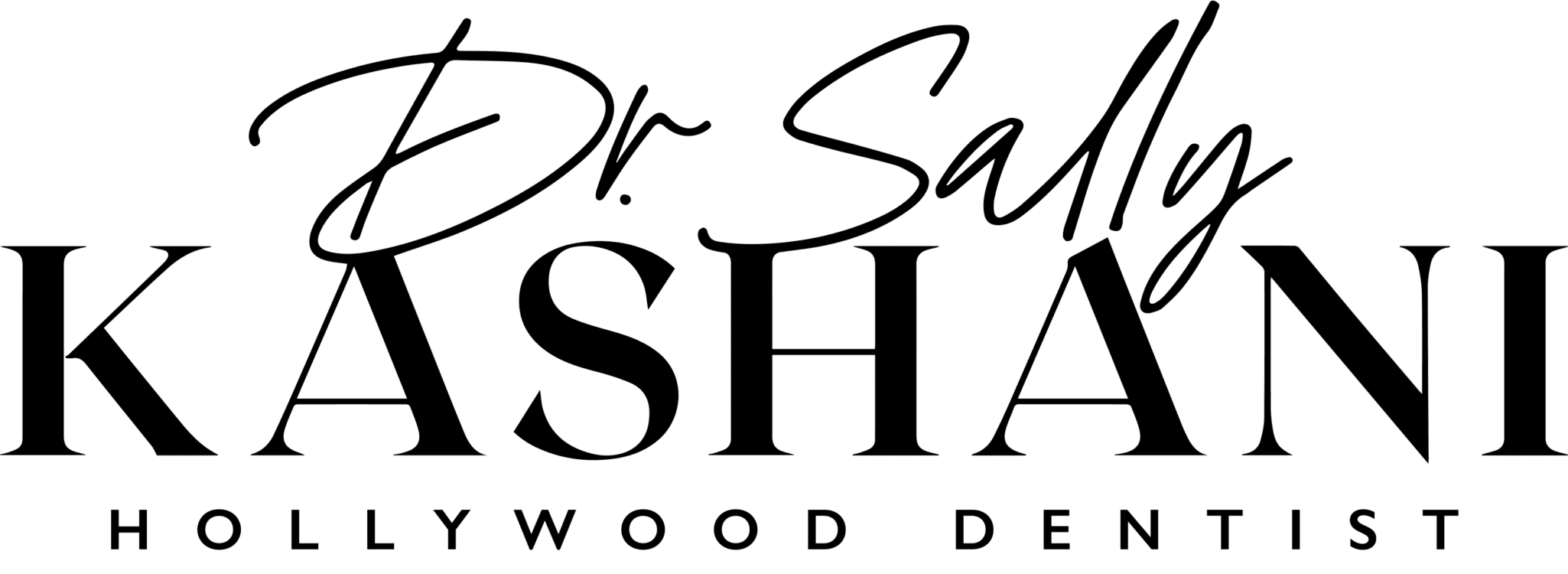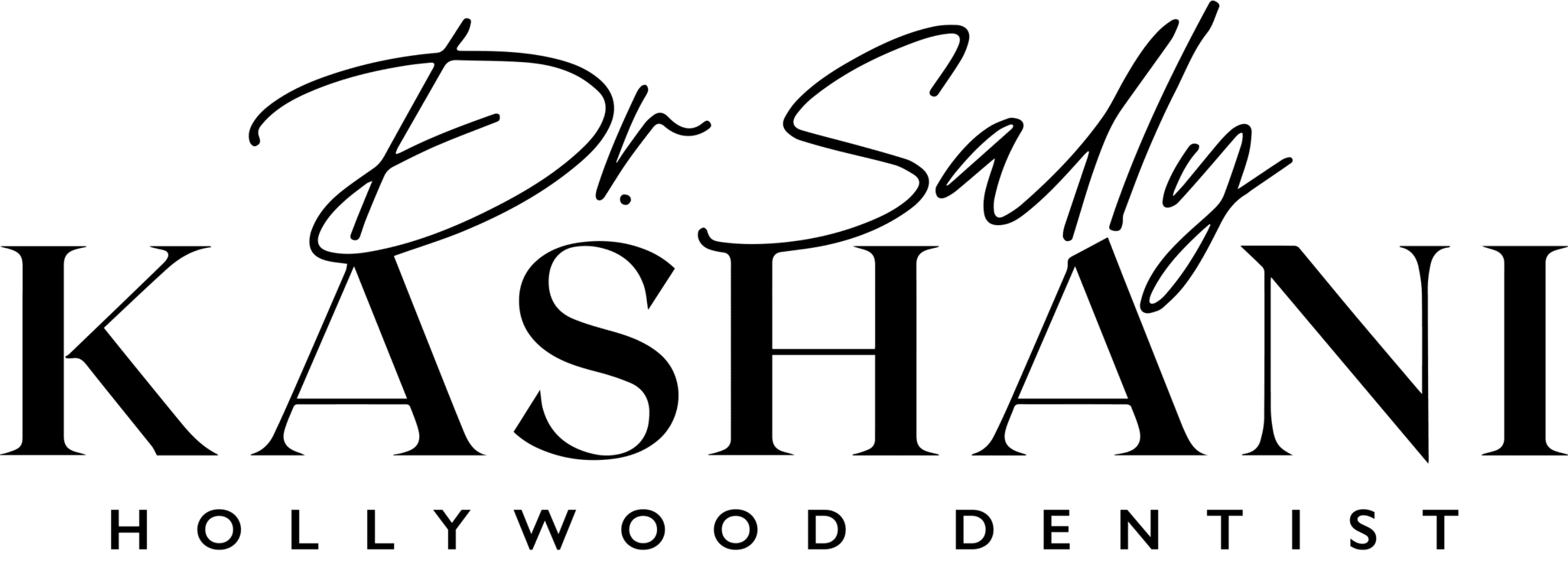When it comes to straightening teeth, two options dominate the conversation: Invisalign and traditional braces. Both treatments offer effective results in improving the alignment of your teeth, but they differ in several important aspects. Choosing between Invisalign and braces can be a difficult decision, especially when considering factors like comfort, appearance, and cost. This article will explore the advantages and disadvantages of both treatments, helping you make an informed decision on which is best suited for your needs.
Understanding the Basics of Invisalign and Braces
Before diving into the differences, it is important to understand what each treatment involves.
Traditional Braces are made of metal or ceramic brackets that are attached to the teeth and connected by wires. The orthodontist adjusts the wires periodically to apply gentle pressure on the teeth, gradually moving them into proper alignment over time. Braces are most commonly used to correct issues like overcrowding, misalignment, and bite problems. They are typically worn for an average of two years.
Invisalign, on the other hand, is a modern alternative to traditional braces. Instead of metal brackets and wires, Invisalign uses a series of clear, removable aligners. These aligners are custom-made for each patient using 3D imaging technology to ensure they fit perfectly and move the teeth into the desired positions. Invisalign aligners are usually replaced every two weeks, and treatment can last anywhere from 12 to 18 months, depending on the complexity of the case.
Now, let’s break down the key differences to help you decide which option works best for your situation.

Appearance and Discreetness
One of the most significant advantages of Invisalign is its discreet nature. The aligners are made of clear plastic, making them virtually invisible when worn. This makes Invisalign an ideal option for adults or teenagers who are concerned about the aesthetics of wearing braces. Traditional braces, while effective, are much more noticeable due to their metal brackets and wires. Although ceramic braces are an option that blends more naturally with the color of your teeth, they are still not as subtle as Invisalign.
For many, the appearance factor plays a key role in choosing Invisalign. It allows individuals to go about their daily lives without drawing attention to their orthodontic treatment. Whether at work or socializing, people may not even realize that you are undergoing treatment.
Comfort and Convenience
In terms of comfort, Invisalign has a clear edge. Traditional braces can be uncomfortable, especially after adjustments when the wires tighten. The metal brackets can also cause irritation to the inside of your cheeks and gums. On the other hand, Invisalign aligners are made from smooth plastic and do not have sharp edges that could irritate the soft tissues in your mouth.
Invisalign also offers the convenience of being removable. This means that you can take the aligners out when eating, drinking, or brushing your teeth. This eliminates the need to worry about food getting stuck in the brackets or the hassle of cleaning your teeth around wires. With braces, there is a greater risk of plaque buildup, and cleaning requires more effort to ensure that food particles do not get caught between the brackets and wires.
However, with Invisalign, it’s important to wear the aligners for the recommended 20 to 22 hours per day. If you forget to wear them or do not wear them consistently, it can delay your treatment.
Treatment Time and Effectiveness
When it comes to treatment time, both Invisalign and braces are effective, but the duration can vary. Traditional braces usually take about 18 to 24 months, depending on the severity of the dental issue. Invisalign treatment can take anywhere from 12 to 18 months, but for mild to moderate cases, treatment may be completed in as little as 6 to 12 months. The clear aligners tend to work well for people who have mild to moderate alignment issues, but for more severe cases, braces might be a better option.
Braces are often better suited for complex orthodontic issues like severe bite problems, large gaps between teeth, or extreme crowding. The wires and brackets in braces are able to apply more force to shift teeth into position more quickly than Invisalign. In these cases, traditional braces may be the faster and more effective treatment option.
Maintenance and Care
Both Invisalign and braces require regular visits to the orthodontist to monitor progress and make adjustments. However, the maintenance required for each treatment is different.
For traditional braces, regular check-ups are necessary to tighten the wires and make sure that the teeth are moving correctly. Additionally, patients with braces need to be extra diligent about brushing and flossing, as food and plaque can easily get stuck in the brackets and wires. Special cleaning tools, like floss threaders, may be needed to ensure that the area around the braces remains clean.
Invisalign is easier to maintain because the aligners are removable. You can continue brushing and flossing your teeth as usual, without worrying about getting food caught in your braces. The aligners should be cleaned regularly to ensure they remain clear and hygienic. Invisalign also requires fewer adjustments than braces. Once the aligners are created, you simply wear the new set every two weeks and visit your orthodontist occasionally to check progress.
Cost Considerations
Cost is always a significant factor when considering orthodontic treatment, and it is important to compare the price of both options. On average, traditional braces cost between $3,000 and $7,000, depending on the severity of the case and the location of the orthodontist. Invisalign is typically priced in the same range, though it can be slightly more expensive in some cases due to the customization and the use of advanced technology.
Invisalign may cost more than traditional braces in some instances, particularly for more complex cases. However, the costs of both options are often comparable, and many dental insurance plans cover both Invisalign and traditional braces to some extent. It is always a good idea to check with your insurance provider to see what is covered and explore financing options if needed.
Long-Term Results and Retention
Both Invisalign and traditional braces provide long-lasting results when used properly. Once treatment is complete, most patients need to wear a retainer to maintain the results and prevent the teeth from shifting back into their original positions. Retainers can be either removable or fixed, and your orthodontist will provide guidance on which type is best for you.
In general, patients who wear their retainer as instructed and follow up with their orthodontist’s recommendations will enjoy lasting, straight teeth. The need for retainers applies to both Invisalign and braces, and it is crucial to follow the prescribed retention plan to ensure the best long-term results.
Who Should Choose Invisalign?
Invisalign is best suited for people with mild to moderate orthodontic issues, such as slight misalignment or spacing problems. If you are an adult or teenager who values aesthetics and comfort, and you are committed to wearing the aligners consistently, Invisalign may be the ideal choice for you.
Invisalign is also great for those who are looking for a more flexible treatment plan. It’s easier to maintain oral hygiene, and you can remove the aligners when eating or drinking, making it more convenient for busy lifestyles.
Who Should Choose Braces?
Traditional braces are ideal for people with more severe orthodontic problems, including major misalignment, bite issues, and overcrowding. Braces are also suitable for younger patients who may not be as disciplined about wearing removable aligners. Braces tend to be more effective at addressing complex dental problems and may offer faster results for certain cases.
Braces may also be a better option if you are seeking a more affordable option for orthodontic treatment, as Invisalign can sometimes be more expensive.
Conclusion
Both Invisalign and traditional braces offer unique benefits and are capable of delivering excellent results. The choice ultimately comes down to your specific dental needs, lifestyle preferences, and budget. If you are dealing with complex orthodontic issues, braces may be the best option. On the other hand, if you are seeking a more discreet, comfortable treatment for mild to moderate problems, Invisalign might be the better choice.

